The 25 Blockbuster IT Executive Moves Of 2016
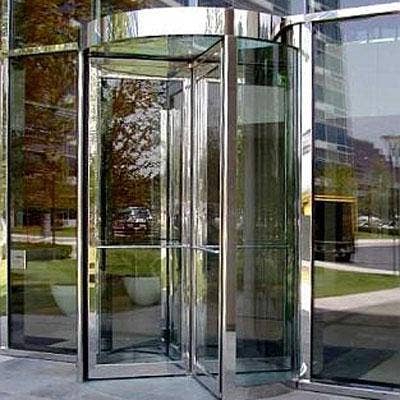
The IT Executive Revolving Door
2016 was a busy year when it came to blockbuster IT executive moves. The year saw new CEOs coming to Symantec, FireEye, AWS, Xerox, Citrix, Polycom and more. The changes also extended down to lieutenant-level executives, with major shakeups at some of the biggest technology vendors in the business, including Cisco, Hewlett Packard Enterprise, and Microsoft. With the changes from the top to the bottom came a host of new strategies, reorganizations and cost cutbacks that are designed to position the vendors – and their partner ecosystems – for the year to come. As we get ready for 2017, take a walk back through who was in, and who was out, over the year that was.
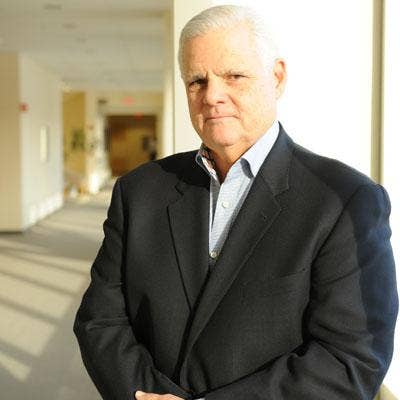
Joe Tucci
After leaving EMC following the closure of its acquisition by Dell, former CEO Joe Tucci this year started the next phase of his career, teaming up with other large tech executives to launch a $300 million acquisition fund called GTY Technology Holdings. The company will seek out tech deals in software and services, according to a regulatory filing at the time, though it did not provide details beyond that. Tucci had been CEO of EMC since 2001, leading the company from being a storage company to a broad portfolio of storage, security, virtualization, cloud, and more, culminating in its sale to Dell that closed this year.
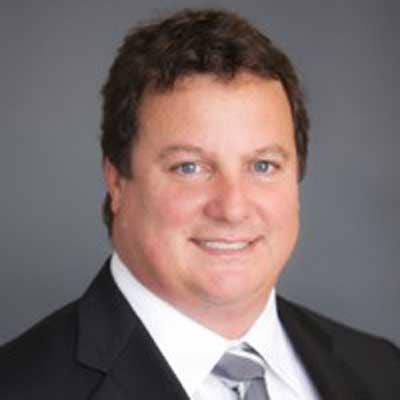
Greg Clark
2016 was a year of sweeping changes at Symantec, which sold its Veritas storage business to private equity and acquired Blue Coat Systems and LifeLock. To lead the charge, the company appointed a new CEO, Greg Clark, in June. Clark joined Symantec with the company's acquisition of Blue Coat. He had been CEO of Blue Coat since 2011, his most recent position in a long career in software and security company leadership roles. Since taking that job, he helped lead the Sunnyvale, Calif.-based company through a period of turnaround, which included taking it private through a private equity acquisition and more recently making multiple key acquisitions to plant its stake in the cloud security market. Clark replaced Michael Brown, who announced in April he would be stepping down when a replacement was found.
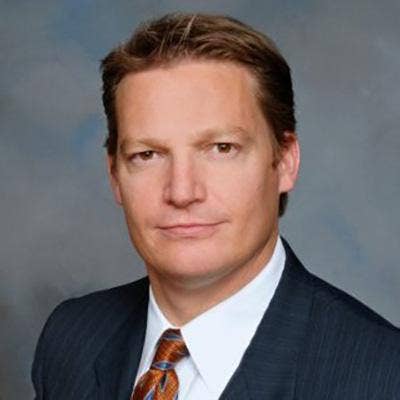
Kevin Mandia
FireEye announced in May that CEO Dave DeWalt would be stepping down, effective June 15, and would be replaced by former president Kevin Mandia. DeWalt now serves as executive chairman. Mandia joined FireEye as part of the company's 2014 acquisition of Mandiant, where he was founder and CEO. In an interview with CRN at the time, DeWalt said the leadership change would allow FireEye to take a "fresh look at things" and continue accelerating its security strategy. He said he plans to stay very involved with the company's sales and strategy going forward as executive chairman. Mandia has already done just that, announcing a new security platform, investments in its technology and a round of layoffs to push the company toward profitability.
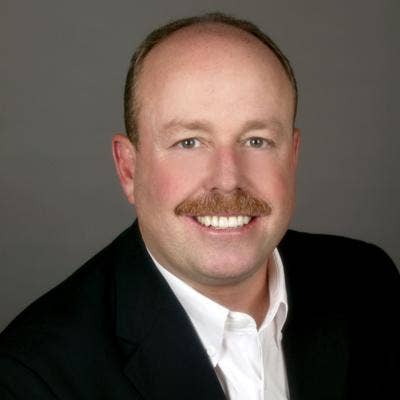
Kevin Turner
Partner channel and worldwide sales head Kevin Turner headed for the exit at Microsoft in July, a move that had partners cheering. Turner took a position as CEO of Citadel Securities. Turner has been COO of Microsoft since 2005, during which time partners felt his cost-cutting initiatives made it difficult to work with the vendor. He was widely considered a successor for former CEO Steve Ballmer, until Microsoft chose current CEO Satya Nadella in 2014. Turner planned to stay with Microsoft through the end of July, with the dispersing of his responsibilities as COO among several managers, including North America President Judson Althoff into a new role overseeing the worldwide commercial business.
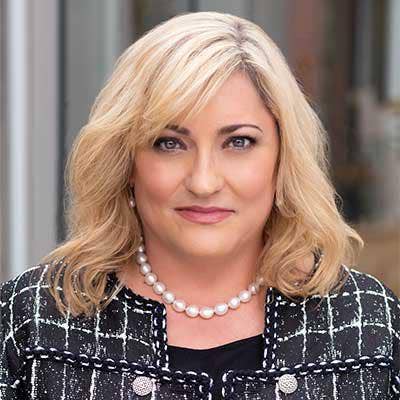
Renee James
Company President Renee James left Intel in January. A month later, she announced her new role as operating executive at private equity group The Carlyle Group, where she is now responsible for helping to guide the global telecommunications, media and technology team on "industry and operational due diligence for potential investments," the company said.
"Renee is a fantastic resource for our team in Silicon Valley. We look forward to leveraging her deep strategic and operating experience to drive value across our platform," said Patrick McCarter, managing director and head of Carlyle's Menlo Park, Calif., office, in a statement at the time. James had been with Intel for 28 years.
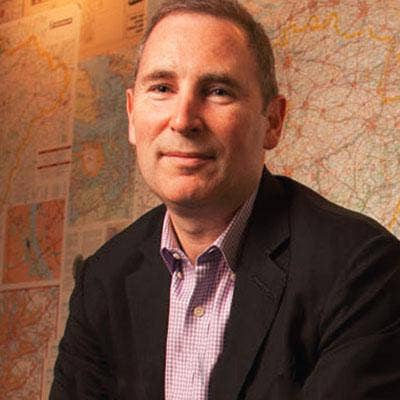
Andy Jassy
Amazon Web Services SVP Andy Jassy got a new role in April, with the company announcing he had been promoted to CEO of the company's public cloud infrastructure business. The promotion comes on the heels of astronomical cloud growth for the Seattle-based company. Jassy founded AWS in 2003 with a team of 57 people and has left the business since, growing it to more than 1 million customers and getting it on track to hit $10 billion in sales this fiscal year. In a blog post about the news, Amazon CEO Jeff Bezos said the appointment was a "recognition" of the role that Jassy has held in the company. He said it was not part of a reorganization of AWS.
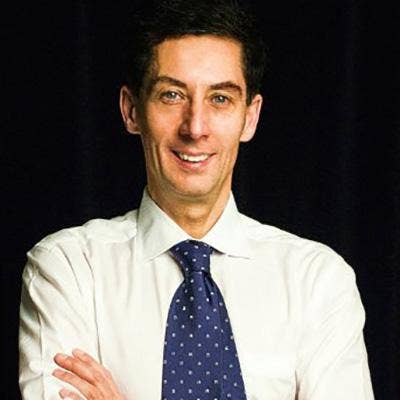
Emilio Ghilardi
One of many leadership changes at Lenovo this year, the company named Emilio Ghilardi as president of Lenovo North America. Ghilardi joined Lenovo last July as vice president and chief operating officer, overseeing the company's PC and enterprise businesses. The top regional role has seen a lot of turnover in recent months, as Ghilardi replaces another executive – Aymar de Lancquesaing – who took the role a little more than a year ago in another management overhaul. De Lencquesaing will now serve as chairman and president of Motorola Mobility and co-president of Lenovo's mobile division.
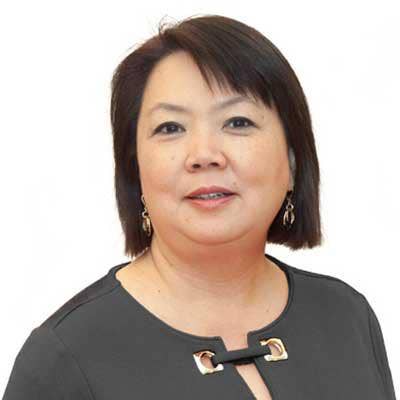
Stacey Wu
Fortinet saw a shuffle in its marketing executive leadership team in 2016, ending the year with the addition of former Avaya exec Stacey Wu as senior vice president of global marketing. Wu replaces former Chief Marketing Officer Holly Rollo, who resigned from the security vendor in March to take a role as chief marketing officer and senior vice president at RSA. Wu joins Fortinet from Avaya, where she was vice president of marketing and demand generation. She has also held marketing positions at Symantec and Check Point Software Technologies.
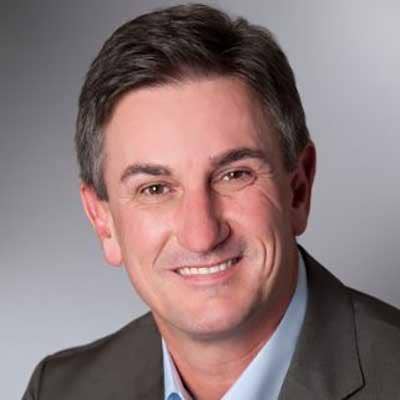
Mark Anderson
Palo Alto Networks named a new president in August, appointing four-year veteran and former executive vice president Mark Anderson into the role. Anderson was replaced by David Peranich. In his new role, Anderson is responsible for the Santa Clara, Calif.-based company's sales, go-to-market strategy, customer support and business development. In a statement at the time, CEO Mark McLaughlin said the appointment will help Palo Alto Networks "continue our march to be the leading global security company and seamlessly scale our organization." Anderson has been with the security vendor since 2012, joining the company from F5 Networks, where he was executive vice president of worldwide sales.
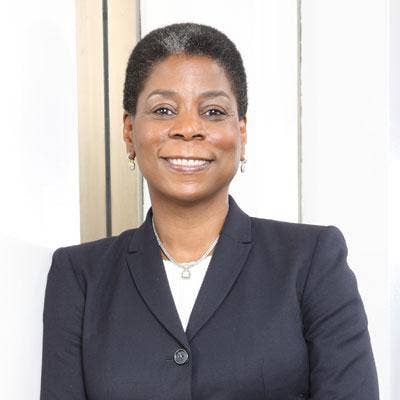
Ursula Burns
Xerox announced in January that it planned to split in two companies – one focused on product and the other on services. In May, CEO Ursula Burns announced she would step down when the company completed its split, though said she would remain as the chairman of the board of the document technology business. In June, Xerox announced that former head of the company's Technology Division Jeff Jacobson would serve as CEO of the $11 billion product business that will retain the Xerox name. Xerox said it had chosen executive vice president and former president and CEO of iGate (which Xerox acquired in 2015) Ashok Vemuri as CEO of the company's services business.
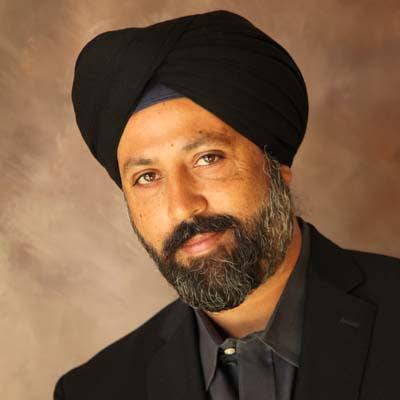
Zorawar Biri Singh
In October, Cisco lost CTO and Senior Vice President of its Cloud Services and Platform unit Zorawar Biri Singh. The executive has not yet announced his next move. Singh replaced his predecessor, Padmasree Warrior, in July 2015 on the first day Chuck Robbins took the helm as CEO. At the time of the news, Cisco had yet to name a replacement for Singh.
Singh's departure was just one of many this year, as Cisco continues to restructure its entire 25,000-member engineering team and, more broadly, realign and restructure to invest in security and the Internet of Things.
Amit Yoran
Less than four months after Bedford, Mass.-based RSA was acquired by Dell as part of the EMC Federation, President Amit Yoran announced in December he was leaving the company to take a position as chairman and CEO of Tenable Network Security. Yoran had originally said he planned to stay with RSA. The move comes as RSA begins to integrate more of its products into the Dell portfolio. Tenable, Columbia, Md., is one of the rising stars in the security startup space with its vulnerability assessment and management, visibility and analytics offerings. The company has seen strong growth and landed $230 million Series B funding last year. Yoran had served as president of RSA since October 2014, taking the role after joining the company as part of its 2011 acquisition of NetWitness. Yoran will officially start his new role on Jan. 3. RSA said it has already named a replacement for Yoran, though declined to name the executive at the time.
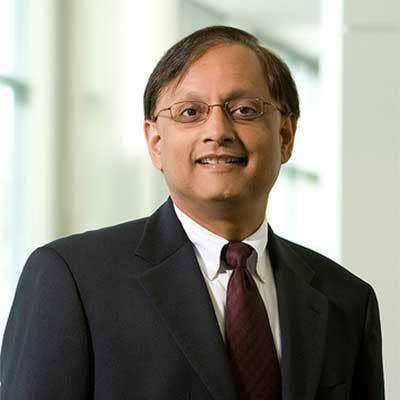
Pankaj Patel
In another major departure for Cisco this year, the networking giant said Pankaj Patel, the leading technologist and member of CEO Chuck Robbins' inner circle "next-generation" leadership team, planned to leave the company in the second half of 2016. Patel, a 20-year veteran of the company, had been charged with leading Cisco's innovation strategy, particularly around its networking and data center architectures. Cisco did not provide a reason for Patel's departure. Patel has not yet announced a new role. Patel had been with Cisco since 2003. Prior to that, he held roles at Redback Networks, Siara Systems and Stratacom.
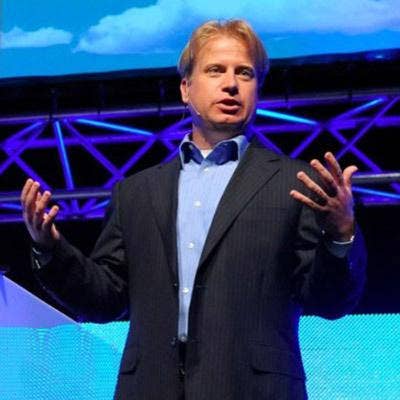
Chad Sakac
In January, VCE announced Chad Sakac as its new president. Sakac had previously been president of global systems engineering at VCE, which is now called the Dell EMC Converged Platforms and Solutions Division after the group's acquisition by Dell as part of the EMC Federation. Sakac joined EMC in 2004 and has also held positions at Allocity and Metricom. Sakac replaced Praveen Akkiraju, who had run VCE since 2012. Akkiraju will remain with EMC as an adviser to President of EMC Information Infrastructure David Goulden.
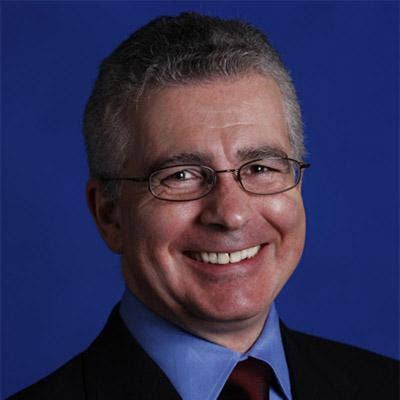
Kirill Tatarinov
Citrix ended a six-month search for a new President and CEO in January, appointing former Microsoft executive Kirill Tatarinov to the top role. He replaces longtime CEO Mark Templeton, who announced his retirement in July 2015. Tatarinov left Microsoft in June after 13 years, where he most recently served as executive vice president of the Business Solutions division. Tatarinov officially started in the role at Fort Lauderdale, Fla.-based Citrix on Jan. 25. Partners were skeptical of the appointment at the time, saying Tatarinov was a "safe choice," but more of a business manager than a visionary leader.
Martin Fink
As part of a major sales and marketing restructuring at Hewlett Packard Enterprise in June to drive better sales and marketing opportunities and execution, one of many major changes the company made this year, Martin Fink stepped aside as CTO. Fink officially left the company in October. Fink had been with HP for more than 30 years, serving as CTO and director of Hewlett Packard Labs since 2012. Over his long tenure with the Palo Alto, Calif.-based company, Fink also held a variety of positions in which he oversaw the business-critical systems group, the HP-UX Kernel Lab and HP OpenView Telecom. According to his LinkedIn profile, Fink is now retired, though he remains on the board of directors at Wild Beer Co. and Hortonworks.
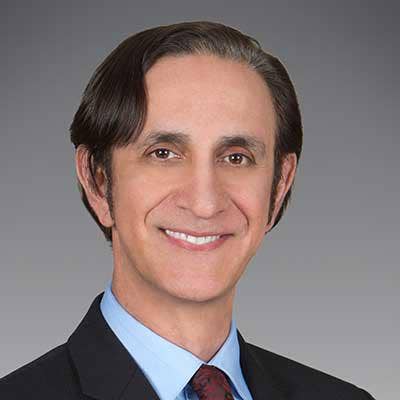
Ashar Aziz
FireEye founder and technical visionary Ashar Aziz resigned from the security vendor's board of directors in September. Aziz founded FireEye in 2004 and is recognized as the technical visionary behind the company’s technology, which at the time created and led the market for advanced threat detection. FireEye said Aziz's resignation was a personal decision based on his desire to spend more time with his family and to pursue new projects – including one related to distributing solar energy. However, partners at the time worried that Aziz's departure would lead to further departures of the company's technical talent.
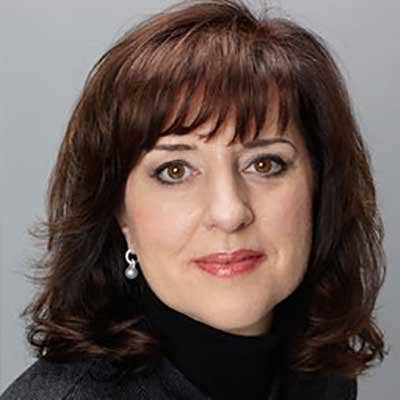
Mary McDowell
Polycom announced in September that Mary McDowell would serve as its new CEO. McDowell's appointment will take effect upon the closure of the videoconferencing and collaboration technology vendor's acquisition by Siris Capital Group. McDowell was an executive partner at the New York-based private equity firm. Previously she held executive titles at Nokia between 2004 and 2012, and at Compaq Computer and Hewlett-Packard before that. McDowell replaces former CEO Peter Leav. In December, Leav was named the new CEO of BMC Software, succeeding 16-year President and CEO Bob Beauchamp, who will remain as chairman. In a statement at the time, Beauchamp said BMC has reached a point in its evolution to bring in a new CEO as the company enters its "next growth stage."
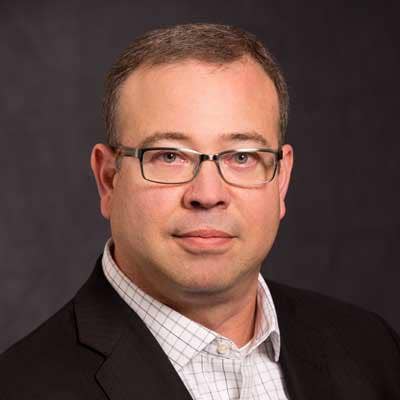
Paul Perez
Paul Perez, a technical visionary at Dell who helped the company build out its architecture to battle Cisco, quietly left the company in June, taking a position at New York-based JP Morgan as managing director of global technology. Perez joined Round Rock, Texas-based Dell in March 2015 from Cisco, taking a position as enterprise chief technology officer. Robert Hormuth, a Dell Fellow, will be the interim head of Dell's CTO team, the spokesman said. Partners said Dell will need to find a strong tech executive to lead the company's enterprise division as it completed its acquisition of EMC and works to integrate the technology.

Martin Casado
Early in the year, VMware lost its top software-defined network executive. It announced in February that Martin Casado had left the company to join venture capital firm Andreessen Horowitz as a general partner, starting April 1. Casado said at the time that the Dell-EMC acquisition wasn't a factor in his decision to leave. Casado has been replaced by former Broadcom executive Rajiv Ramaswami, who will now serve as general manager and executive vice president of VMware's Networking and Security business. According to his LinkedIn, Ramaswami is now COO of products and cloud services at VMware, effective October.
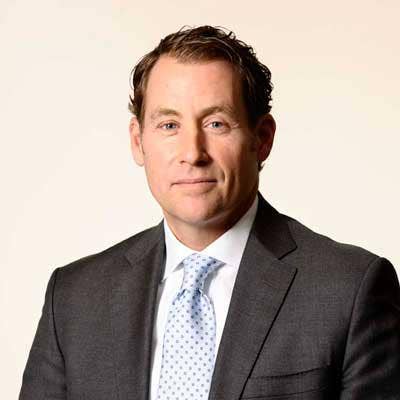
Fred Gerritse
Amsterdam-based AVG announced in March that it had appointed Fred Gerritse as the head of AVG Business, holding the title of senior vice president and general manager. He joined the security vendor from Cisco, where he most recently served as managing director of services, strategy and operations. However, in July AVG announced it would be acquired by Avast in a $1.3 billion deal, an acquisition that closed in September. Shortly after that, Avast announced it had appointed Kevin Chapman as its SMB channel chief and confirmed the departure of Gerritse. Gerritse has not yet been officially named to a new position at another company.
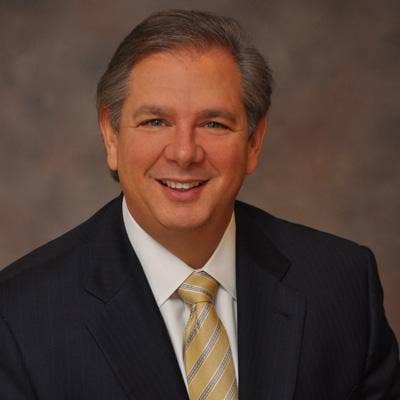
Edison Peres
Former top Cisco executive Edison Peres landed a new role this year, joining Indianapolis-based Core BTS, a Cisco Gold partner. Peres serves as vice chairman of the board of directors at Core BTS, with a focus on M&A. Mergers and acquisitions are a key growth strategy for Core BTS, he said, as it moves from being just a hardware player to a strategic service provider focused on services, managed services and the cloud. Peres is best-known in the channel for his role at San Jose, Calif.-based Cisco, where he helped lead a channel sales explosion as senior vice president of worldwide channels for more than a decade. He most recently held the role of senior vice president of cloud and managed services before he retired from the networking giant last year.
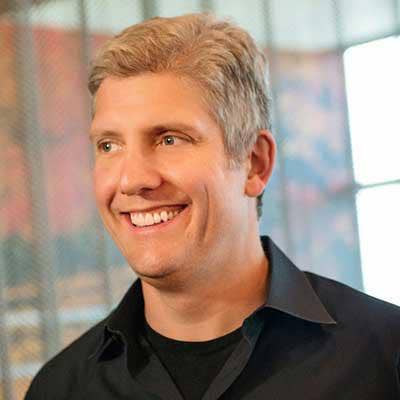
Rick Osterloh
Rick Osterloh headed back to Google in April as senior vice president of hardware, reporting to CEO Sundar Pichai and responsible for Google's Nexus smartphone, the Chromecast media streaming device, Chromebooks, and Project Aura, the team that's working on the successor to the Google Glass product. Osterloh had most recently served as president and chief operating officer of Motorola Mobility, which was acquired by Lenovo from Google in October 2014 for $2.9 billion. Osterloh was at Motorola from 2012 to 2014. Partners at the time said bringing Osterloh back on board is a "massive advantage" for Google, given his experience leading device-centric organizations.
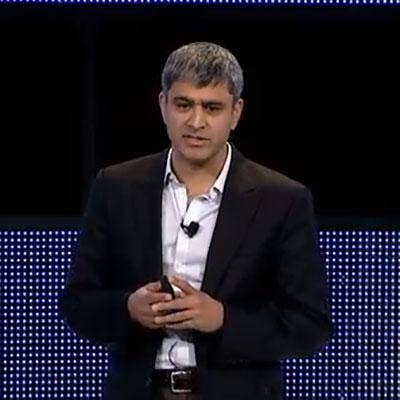
Amit Singh
In another executive change for Google this year, Amit Singh said he would be leaving his role as president of Google for Work, taking a role as vice president overseeing the company's virtual reality team. In that role, he is responsible for the business and operations of a unit that's developing headset devices, like the Google Cardboard viewer. Since joining Google in March 2010, Singh was instrumental in shaping Google's channel structure over the past five years in the role, though some partners have been critical of the company's approach to partners, citing some direct sales competition issues. Some partners speculated at the time that the move meant Google for Work was preparing for its next stage of growth. Google said it is looking for someone to fill the role, with former VMware executive Diane Greene working with the team in the interim.
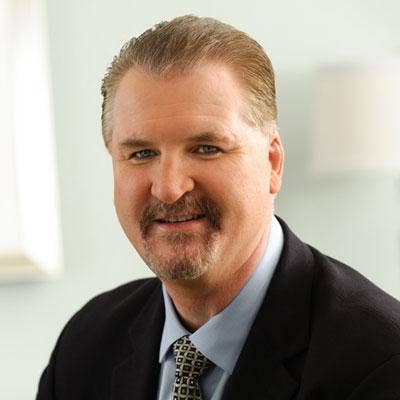
John McCormack
In 2015, a division of Raytheon, an acquisition of Websense and multiple product lines came together to form Forcepoint. In April, the company made another big change, confirming the departure of CEO John McCormack. The Austin, Texas-based company said McCormack will remain with Forcepoint as an adviser to the board of directors through the end of the year. The company named Matt Moynahan as CEO late in the month. Partners said at the time they were surprised by the departure, but said it could ultimately be a good move as the company continues to transform.